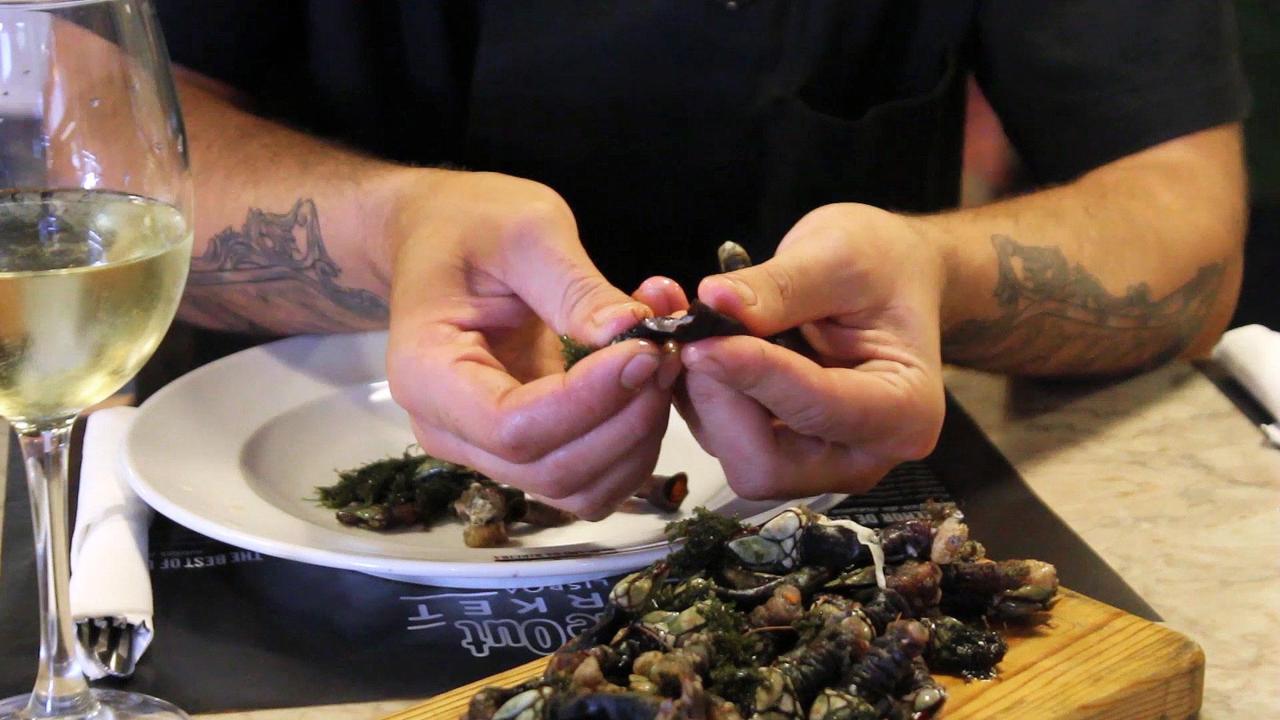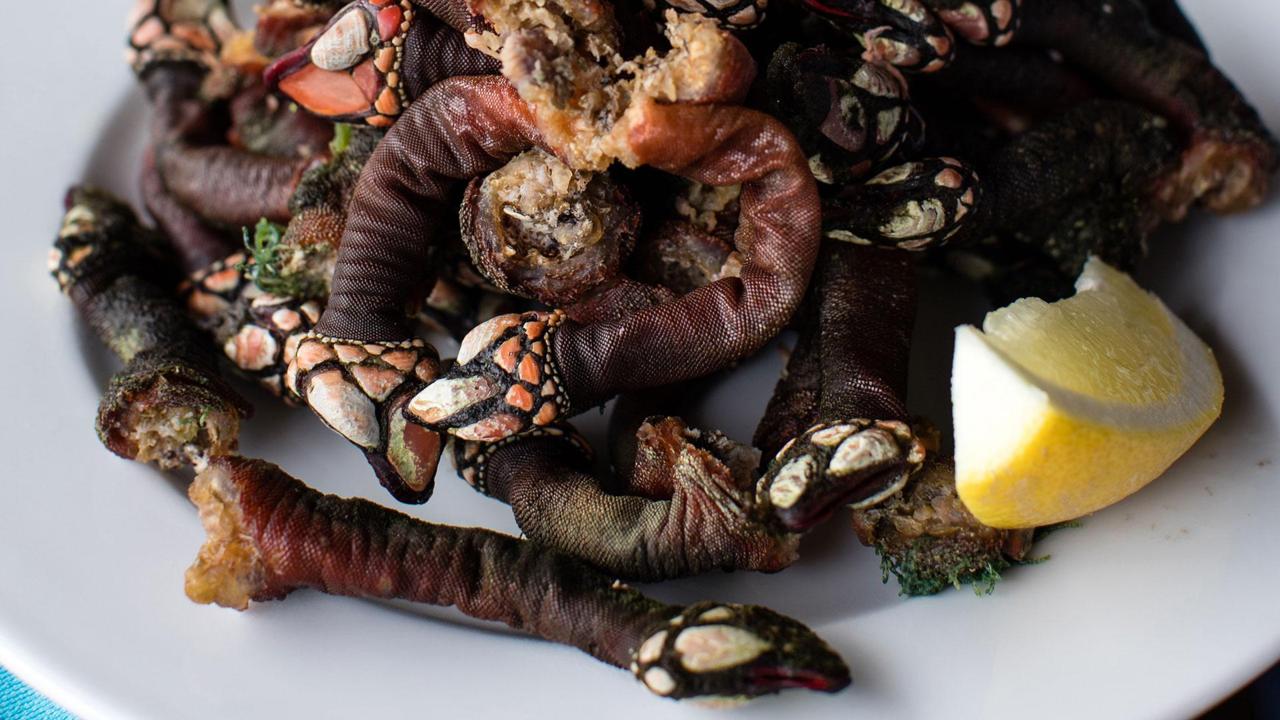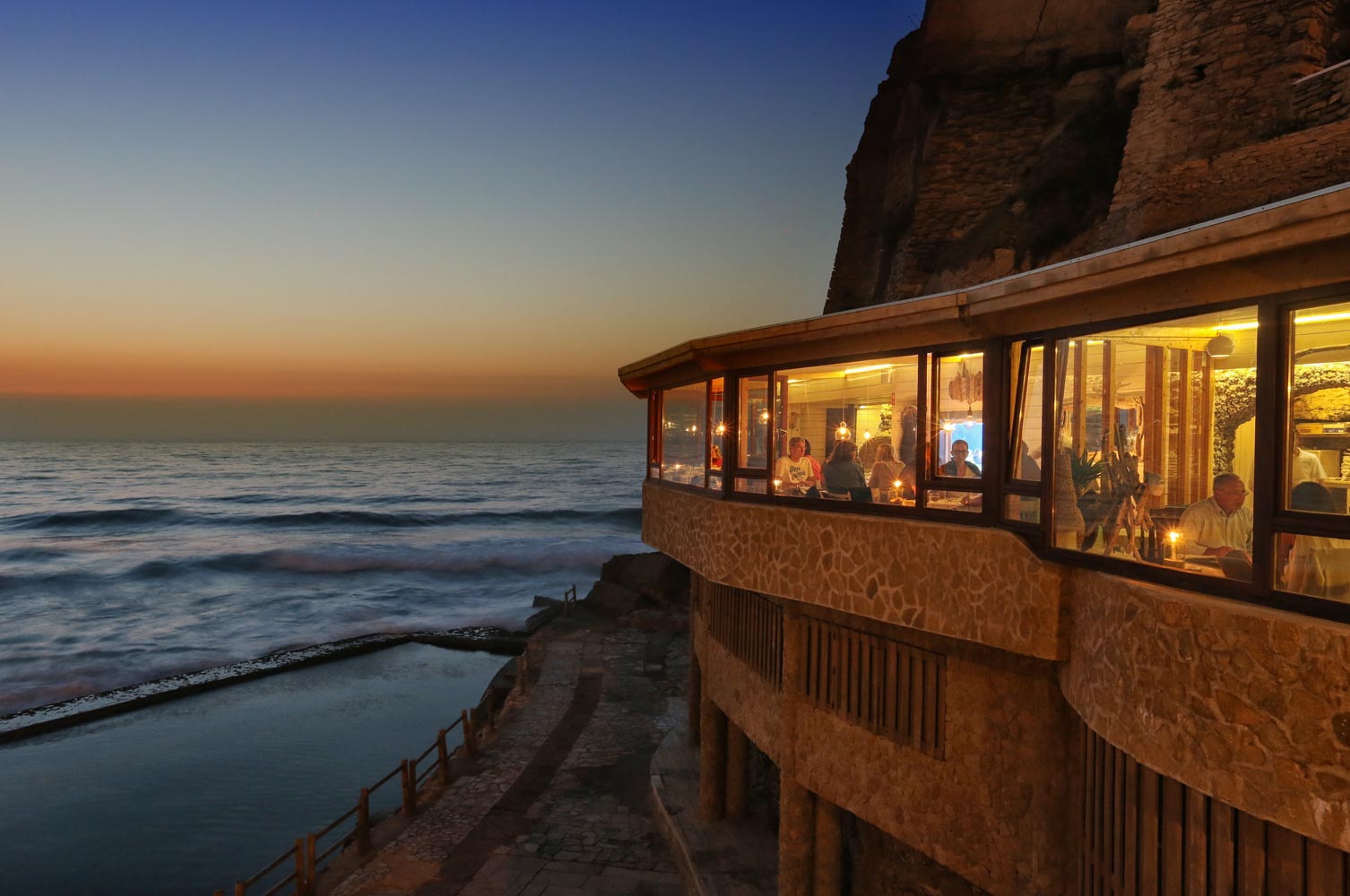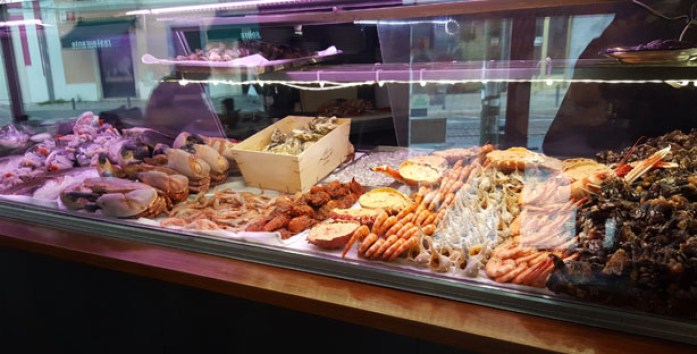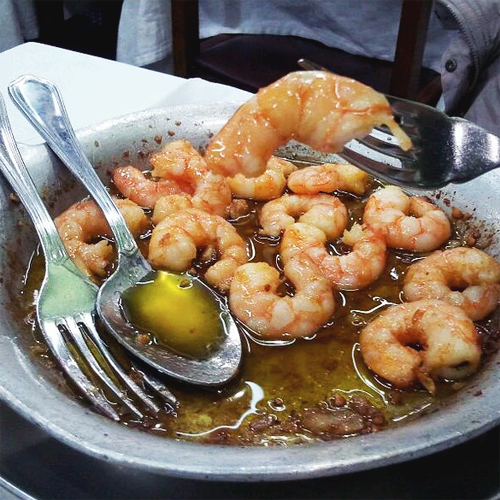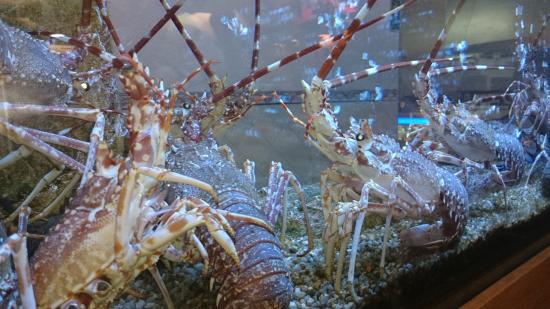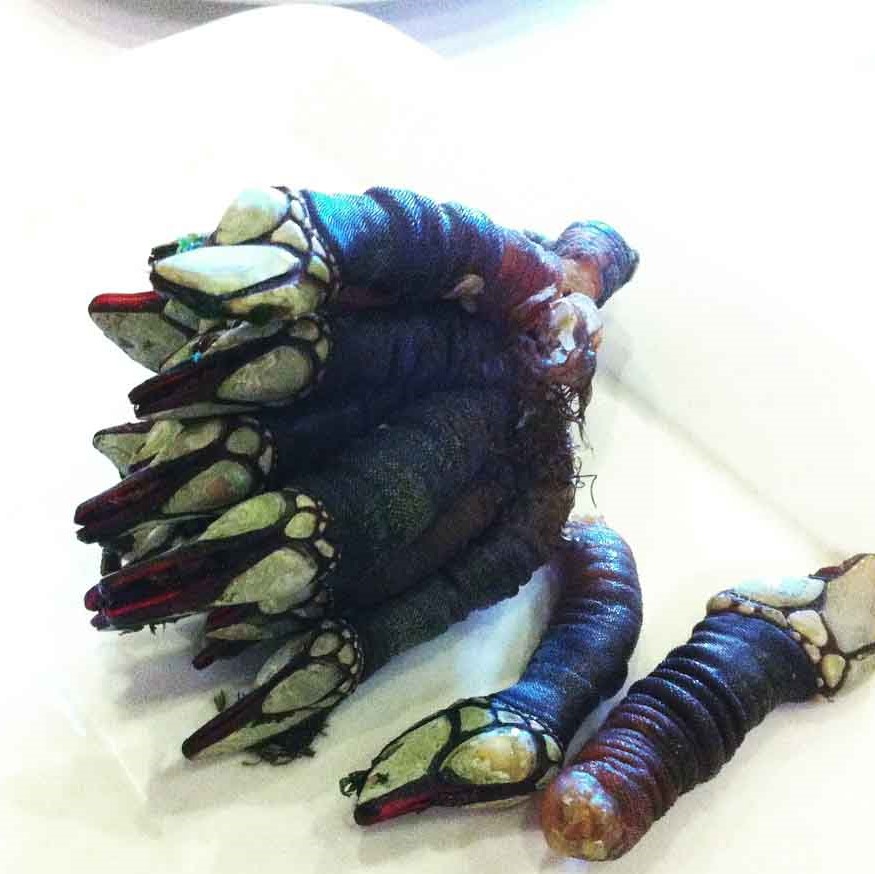Any gastronomy is based on the geography and history of a people. Portuguese cuisine is no exception. Much appreciated and considered one of the most varied in the world, get to know the origin of what they put on your plate each time you visit a Portuguese restaurant.
The Atlantic influences on Portuguese gastronomy are notorious, both due to the proximity to the sea and the history of a country naturally linked to discoveries. On the other hand, the cultural impact caused by the various peoples who have passed through here for centuries, including the Muslims and the Romans, have also left marked marks that today are very visible in any dish. We have one of the richest gastronomies in the world, essentially marked by the presence of fish, which is also part of the so-called Mediterranean Diet - whose base is based on the trilogy of bread, wine and oil. However, meat is also present as it moves into the territory, naturally due to the scarcity of fish, giving rise to various delicacies inspired mainly by pork and beef, not forgetting the most varied soups.
Let's try some dishes and get to know many historical curiosities.:
COD DISHES
We prefer not to talk about a cod dish in particular since the topic would be too long to be addressed in this article. So let's go, and just in this case, focus briefly on the history of the Portuguese king dish. The pioneers in the discovery of cod were the Viking people. The scarcity of salt led to the drought of this food for better conservation during its long journeys. In the century. There are already reports of salting in Portugal in the 14th century, but it is with the Age of Discovery (XV) that cod is chosen as one of the essential foods in Portuguese maritime fleets. However, with the development of Portuguese cuisine and the arrival of products from India and Brazil, variations in cod dishes have multiplied. Nowadays, any Portuguese restaurant has at least one cod dish on its menu.
CLAMS WITH BULHÃO PATO SAUCE
This dish is a tribute to a romantic poet of the 19th century, an authentic gourmet with skills for the kitchen, named António Raimundo Bulhão Pato, who created recipes such as Lebre à Bulhão Pato and Perdizes à Castelhana. However, the famous Bulhão Pato clams were invented by a cook from the restaurant Estrela D’Ouro, in Rua da Prata, in Lisbon. As a way of thanking António Bulhão Pato for his constant praise for his creations, the cook named the dish after his client.
FRANCESINHA
This is a gastronomic symbol of Porto and was born in 1950 by the hand of Daniel David Silva, cook at the restaurant “A Regaleira”. Returning to Portugal after emigrating to France, he took the classic Croque-Monsieur, one of the most typical French sandwiches and adapted it to the preferences of the land, stuffing it with meats and sausages and adding a much appreciated sauce that consists of true recipe secret.
Not all Portuguese restaurants have this delicacy available, but Porto is undoubtedly the best place to try it.
OCTUPUS À LAGAREIRO SAUCE
From the salty sea to a sea of oil, the octopus wants to be tender and well watered. Lagareiro comes from a mill, precisely due to the huge amount of oil in the recipe. Legend has it that the Polvo à Lagareiro was born in Beiras, where it was customary to prepare it in the kilns' ovens, believing it could be a variation of the Cod à Lagareiro.
DUCK RICE
Duck rice has its origin in the city of Braga. It is said that it appeared in popular cuisine with the need to enjoy the remains of the previous day's stew - at least the ingredients seem to prove it.
There are, however, similar dishes in other parts of the world - northern Spain or Peru, where it is known as "ñuñuma", where it is made with beer.
Legend has it that women from neighboring Spain created the original recipe so that they could enchant their intended ones more easily. The secret was in the duck's heart, hidden in the rice. Once eaten, it would provoke in men a passion for their women.
This is also a typical dish present in many Portuguese restaurants.















